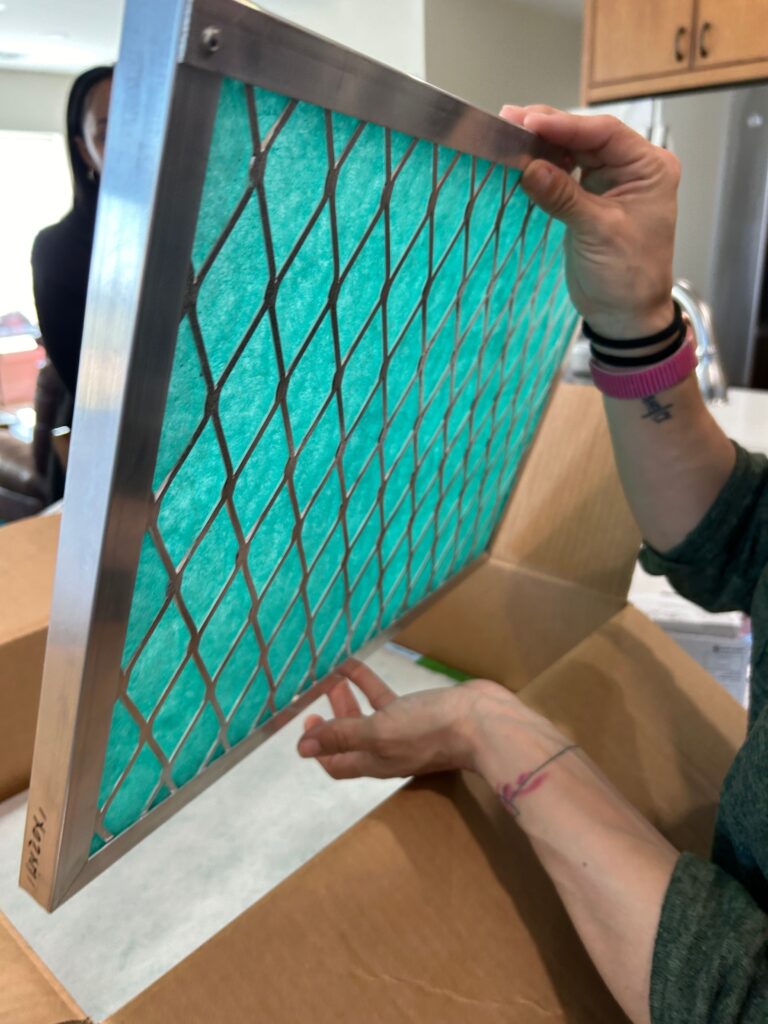
In today’s world, where environmental consciousness and sustainable living is on the rise, and health and wellness have taken center stage, the choices we make for our homes have never been more critical. From the materials we use in construction to the products we bring into our living spaces, every decision impacts not only our immediate surroundings but also the planet and our overall well-being. As we celebrate Earth Day, it’s the perfect time to explore how women in the home building and design industry are leading the charge towards healthier, more sustainable living.
Did you know that women hold 92% of the purchasing influence when it comes to buying a home? This statistic highlights the significant role women play in shaping the housing market and underscores their keen interest in features that positively impact their family’s health and well-being. Visit NAHB’s Professional Women in Building Council and Sustainability & Green Building Subcommittee to read about some women who are leading the way in promoting healthy and sustainable practices within their careers and businesses.
Despite the growing interest in health and wellness, there are still misconceptions about the feasibility and cost of incorporating these concepts into homes. Many consumers and builders mistakenly believe that healthier homes come with a hefty price tag. However, simple changes in behavior and upgrades to home systems can significantly improve indoor air quality and overall well-being without breaking the bank. Educating consumers and industry professionals about the benefits of healthier homes is essential in dispelling these myths and promoting sustainable living practices.
Looking ahead, we anticipate a continued focus on flexible home designs that cater to evolving lifestyles, as well as an increased demand for green-certified products and materials. Whole-home certifications like the ICC-700 National Green Building Standard and health and wellness certifications such as Wellness Within Your Walls® will become more prevalent as consumers prioritize sustainable and healthy living environments. Builders who embrace these concepts and effectively communicate their benefits will have a competitive edge in the market.
In conclusion, sustainable living is not just a trend; it’s a movement towards a healthier, more resilient future for ourselves and the planet. Whether you’re a builder, designer, marketer, or verifier, there are opportunities to incorporate sustainable practices into your work and make a positive impact on the world. By prioritizing human health and well-being, minimizing environmental impact, and fostering knowledge exchange within the industry, we can create homes that are not only beautiful and functional but also promote a higher quality of life for generations to come.
Get 5 Myths of Green Homes to reveal the true value that is commonly overlooked in virtually every home!
At Green Home Coach, helping you to create and discover healthier, more comfortable homes is what I do. I work with home professionals – designers, builders, realtors, and more; home owners and dwellers … just about anyone that works with a home in some way.
© Green Home Coach 2024 | An Oakes Creative House Site | Privacy Policy | Terms of Service
Photography by SLPhotography | Home page image provided by Chelsey Seaton Photography